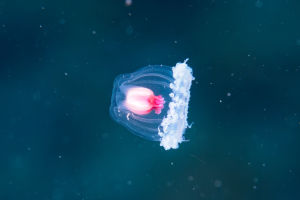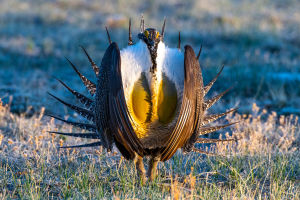You might expect name-calling from a playground or a phone call—but in the ocean, dolphins are doing it too. And no, not in the insulting way.
Bottlenose dolphins have developed a truly astonishing skill: they create and use personalized sounds to refer to one another, much like humans use names.
This isn't just charming—it's a glimpse into one of the most complex social minds in the animal kingdom. So, how do dolphins pull this off? And what does it tell us about communication and intelligence in the wild?
What Are Dolphin "Names" Exactly?
When a bottlenose dolphin is just a few months old, it develops a unique whistle pattern known as a signature whistle. This whistle becomes a kind of acoustic fingerprint—no two are exactly alike, and the dolphin uses it regularly, almost like saying "Hey, I'm here!"
But the remarkable part is that other dolphins can imitate these signature whistles to get an individual's attention. Researchers have recorded dolphins producing another dolphin's signature whistle in a social context—like trying to reconnect with a companion or mother-calf interaction.
In simple terms: a dolphin says another dolphin's "name," and the listener responds.
How Scientists Figured It Out
This behavior was first documented in the 1990s and confirmed in more detail through studies led by marine biologist Dr. Vincent Janik.
Here's how the research worked:
1. Scientists recorded the signature whistles of individual dolphins.
2. They played the whistles back through underwater speakers while the targeted dolphin was nearby.
3. In response, the dolphin turned toward the sound, whistled back, or approached the speaker—even when no other cues were present.
These controlled experiments showed that dolphins weren't just reacting to familiar tones—they recognized specific whistles as referring to them.
Why This Matters for Dolphin Society
So why would an animal evolve to use individual names? For dolphins, it comes down to social complexity.
1. Group Living Requires Clarity
Bottlenose dolphins live in fluid social groups, where individuals regularly split up and rejoin. This "fission-fusion" society means it's crucial to know who's around—and who isn't—at any given time. Using names helps them keep track of social relationships across time and distance.
2. Names Strengthen Social Bonds
Signature whistles aren't just for location—they play a role in maintaining bonds. A dolphin might call a close companion when they're separated or check in during cooperative hunting. These whistles help sustain long-term relationships in a very dynamic environment.
3. It Reflects Cognitive Ability
The fact that dolphins can invent, remember, and use individualized identifiers suggests high-level thinking. It's a behavior we see in very few animals—and it opens up questions about how dolphins understand identity and memory.
Do Other Animals Use Names?
The short answer? Rarely, and not in the same way.
• Parrots can mimic human words, and some researchers have observed vocal labeling among wild parrots—but these behaviors aren't as consistently structured or socially embedded as dolphin whistles.
• Elephants use low-frequency sounds to communicate across distances, and they may have individual vocal signatures, but evidence of "name-calling" is still emerging.
• Humans, of course, take naming to a different level—attaching words not just to people, but to objects, ideas, and everything in between.
So far, dolphins remain the only non-human animals known to use names to actively label and call specific individuals.
What This Means for Understanding Intelligence
Many scientists see this behavior as one more piece of evidence in a growing picture: dolphins are among the most intelligent creatures on Earth. Their ability to name one another suggests not only vocal flexibility but also:
• A sense of self and others
• Long-term memory of relationships
• Possibly even an understanding of social identity
It's also a reminder that intelligence doesn't always come in familiar forms. Dolphins live in a world of sound, not sight. Their "language" isn't made of words—it's made of clicks and whistles, but it serves similar purposes.
So, if you could hear what dolphins are really saying, you might catch something like: "Lisa? Is that you?" in a series of rising and falling whistles across the sea.
What other secrets do you think animals are hiding in plain sight—or plain sound? If dolphins can name each other, what else might they be saying that we still haven't figured out?
And maybe, next time you visit the ocean, you'll listen a little closer. There's a lot more being said beneath the surface than we ever imagined.


